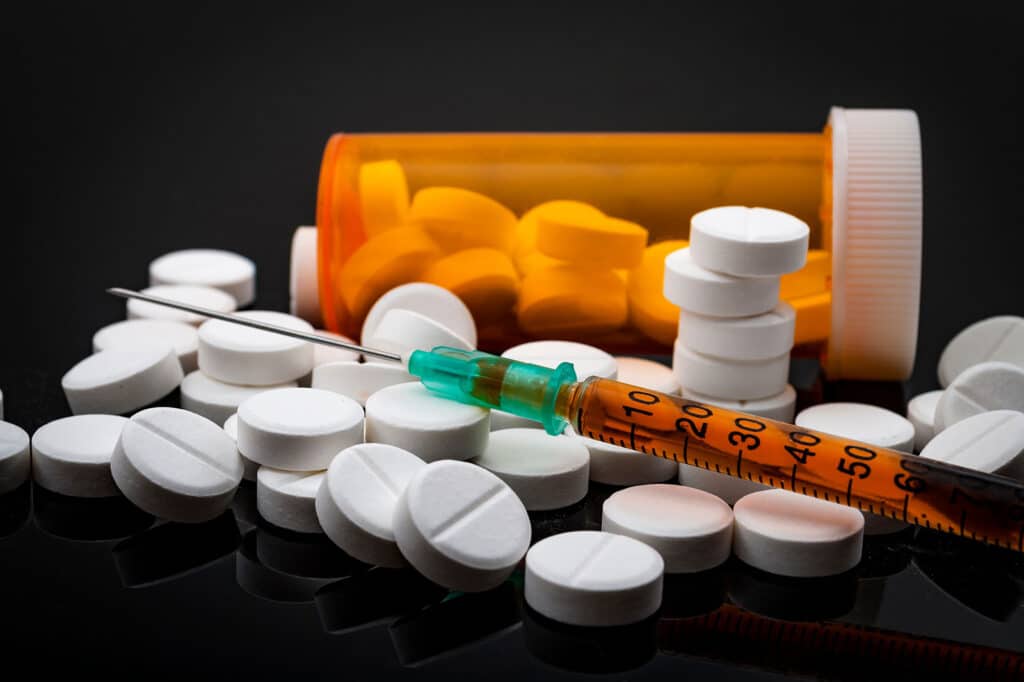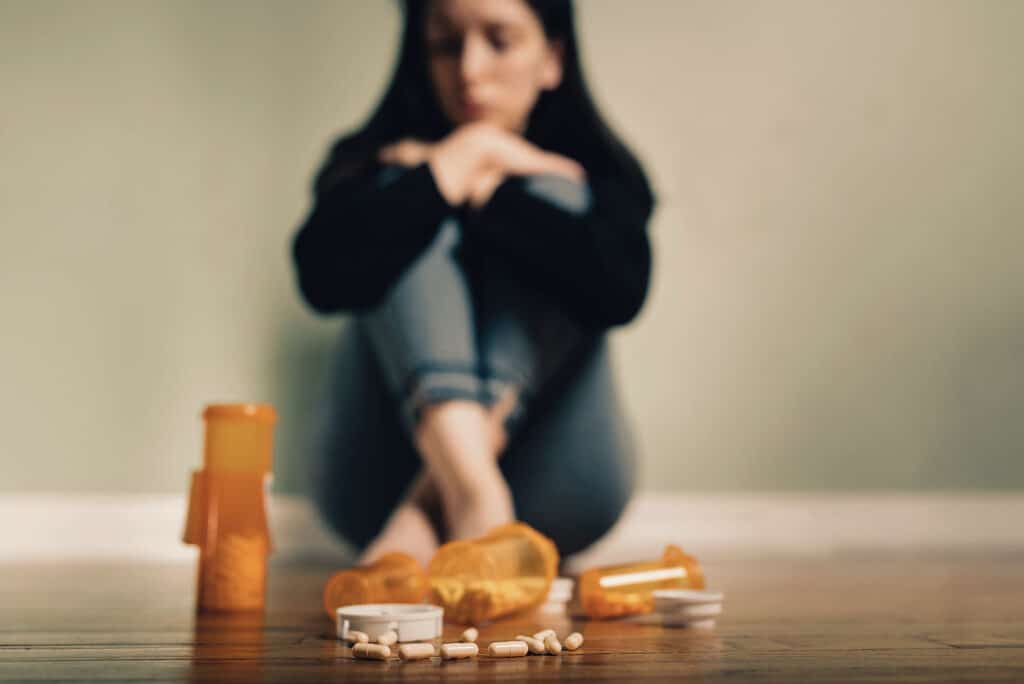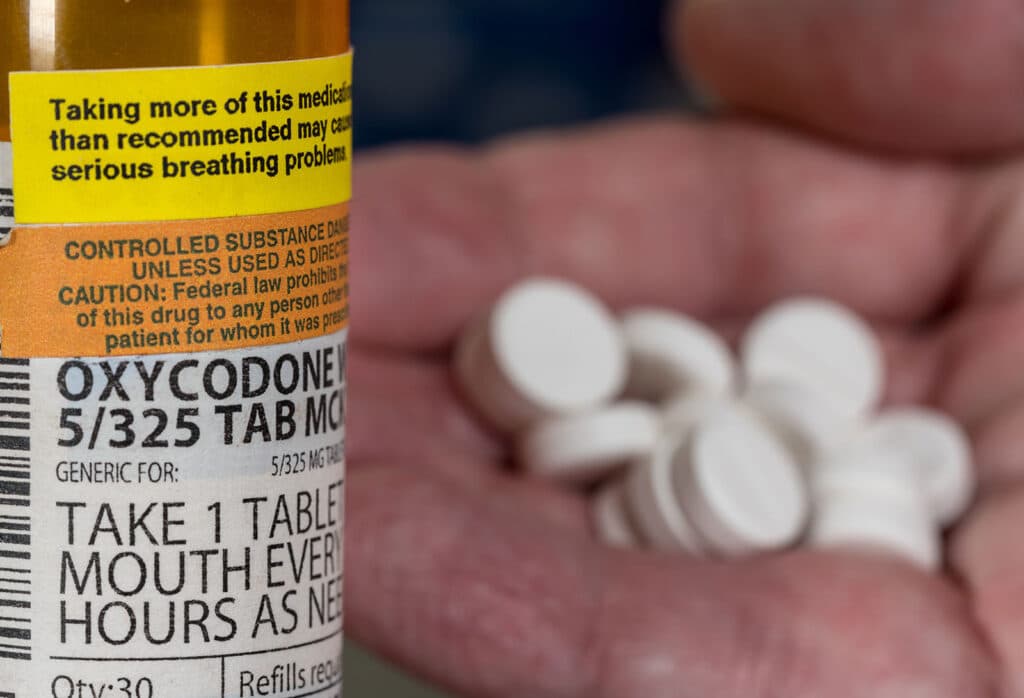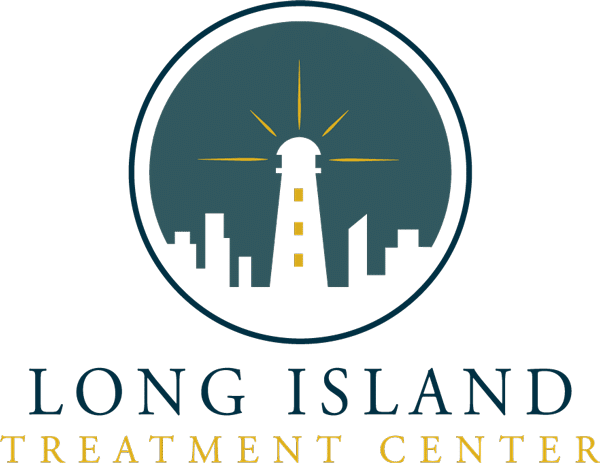We’re dealing with an opioid crisis!
According to the CDC, drug-related deaths rose by 30%[1] from 2019 to 2020. Of these, 75% of cases involve an opioid.
Drug abuse doesn’t only affect an individual. It has an impact on families, friends, and even workplaces. It cost the government $35 billion[2] to manage drug control in 2020.
Specialized opiate addiction treatment is vital. This is because it addresses the drug user’s triggers and mental urges.
Today we discuss various opiates addiction treatment methods, medications, and evidence-based therapies.
Table of Contents
- Understanding Opiate Addiction
- Types of Opiate Addiction Treatment Programs Near You
- Components of Effective Opiate Addiction Treatment Programs
- Managing Opiate Withdrawal Symptoms and Cravings
- How to Choose the Right Opiate Addiction Treatment Program
- Overcoming Barriers to Accessing Opiate Addiction Treatment
- Preventing Opiate Addiction
- Conclusion
Understanding Opiate Addiction
Opiates trigger the reward centers in your brain.
They release endorphins, give a false sense of pleasure, and muffle pain. They’re so addictive that drug takers believe they need these substances to survive.
This is unfortunate news for people who abuse opiates. Addicted individuals fail to do their school, work, or household obligations. They end up using all their money to get the next fix.
We know that recovery isn’t easy, but the good news is people don’t need to go through it alone!

Types of Opiates
There are many types of opiates. Some are beneficial, but some could become addictive. These are the different opiates to look out for.
1. Prescription Opioids
Prescription opioids are those that doctors give patients to treat severe pain. They’re necessary after surgery, but they have serious side effects.
These opioids become a problem when doctors prescribe them over a long period. In 2016, 11.5 million Americans admitted to misusing their medication.
Examples of prescription opioids are oxycodone, hydrocodone, and morphine.
2. Synthetic Opioids
Fentanyl and carfentanil are artificial substances used for relieving pain from advanced cancer.
They’re made in a laboratory and are more potent than heroin or morphine. This makes synthetic opioids deadlier when abused.
Today, synthetic opioids cause 82.3% of all opioid-related overdoses.
3. Illicit Opioids
Illicit opioids like heroin caused 19% of opioid-related deaths in 2020.
Heroin is an injected drug. Because of this, it can spread diseases like HIV and hepatitis.
Risk Factors and Causes of Opiate Addiction
The risk factors and causes of opiate addiction are as follows:
- Dose and duration: The longer you’re on the prescription, the higher your chance of getting addicted.
- Use of other medication: If you’re already taking muscle relaxants or sedatives, you’re more predisposed to get addicted to opiates.
- Individual characteristics: People with respiratory conditions and mental health disorders are at risk. Those aged 18 to 25 are more susceptible as well.
Effects of Opiate Addiction on Physical and Mental Health
Opioids are compounds that bind to receptors in our body. What it does is reduce pain, and increase our happy hormones. Because of this, it’s highly addictive if you get exposed to it.
Yet, not all is fun and games when it comes to this drug. Opiate addiction can have the following long-term effects:
- Brain, liver, and kidney damage
- Memory loss
- Bleeding ulcers
- Depression
- Antisocial personality disorder
- Seizures, coma, and death

Types of Opiate Addiction Treatment Programs Near You
It may be a bit depressing, but people with opiate addiction shouldn’t lose hope!
Opioid use disorder (OUD) is a medical condition. It’s not a measure of morals. This means recovery is possible with the appropriate treatment.
Here are some of the programs for treating OUD.
Inpatient Treatment
Inpatient treatment is more intensive than others.
It involves a stay at the psychiatric unit of a hospital for up to 30 days. The goal is to ensure that a patient isn’t a danger to himself or others.
It’s for people who need 24/7 supervision and for those who are having a crisis.
Outpatient Treatment
Outpatient treatment happens when a patient gets healthcare from a clinic or opioid treatment center. After a day of rehabilitation, a patient can return to his home for the night.
Doctors use medications more often in this type of treatment. It helps to prevent relapses since outpatients get less supervision.
Those who want to attend school or work while getting treatment may choose this option.
Residential Treatment
People undergoing residential treatment stay at the treatment facility for 90 days or more. The longer duration allows doctors to address the root cause of the addiction.
Residential treatment is best for people with unstable home environments. Those with mental health problems may also benefit from residential treatment.
Partial Hospitalization Programs (PHP)
For any person wanting to live at home but get more care than outpatients, PHP is the way to go.
During this program, patients visit the hospital five days a week. Treatment lasts for around six hours per day.
Partial hospitalization programs can help people transition to residential treatment.
Intensive Outpatient Programs (IOP)
IOP is like partial hospitalization programs. The difference is you only have to stay at the hospital for three to four hours daily.
With intensive outpatient programs, patients can continue with their day-to-day lives.
This type of treatment is for anyone with a stable home environment that’s free from triggers!

Components of Effective Opiate Addiction Treatment Programs
What makes an opiate addiction treatment plan successful? Make sure the program you’re taking has all these components!
Evidence-Based Therapies
Each person is different and there’s no single treatment that can cure everyone. All therapy programs should consider a person’s characteristics and environment.
Here are four examples of evidence-based treatments for people struggling with opioids.
1. Cognitive-Behavioral Therapy (CBT)
Behavioral therapy changes the way people think.
It’s a method that prevents relapse by teaching individuals to identify bad behaviors. Therapists also teach their patients how to cope with the issue.
CBT is effective for people with depression, anxiety, and eating disorders as well. Through treatment, patients can learn skills that help them to function.
2. Dialectical Behavior Therapy (DBT)
Dialectical means acting through opposing forces. In this case, the two opposing ideas are acceptance and denial.
In short, therapists accept the patients for who they are, but also try to convince them to change!
This method of treating patients works best on people with borderline personality disorder. More recent studies show that it’s also effective in treating drug addiction.
3. Motivational Interviewing (MI)
MI is the opposite of dialectical behavior therapy.
In motivational interviewing, counselors avoid telling their patients to change. Rather, he only talks about the consequences of drug abuse.
Through this method, the person under rehabilitation may realize why he should stop taking opioids.
It’s a bit of reverse psychology that makes patients feel motivated to improve.
4. Contingency Management (CM)
Contingency management uses rewards as a motivation to abstain from drugs.
This type of therapy works best if the patient is staying at the hospital for the duration of his treatment.
For example, if someone’s urine tests negative for opioids, he gets money, food, or movie passes as a reward.
It also goes the other way. Privileges can get revoked, which is a good reason for anyone to stay on track.

Group and Individual Counseling
Counseling addresses other areas where a patient may have impaired function. These include family relationships, workplace issues, and illegal activities.
It helps people undergoing rehabilitation gain the tools they need to abstain from using drugs.
There’s a difference between group counseling and individual counseling. The former focuses on social reinforcement. It’s an efficient way for one therapist to address many people and may be cheaper.
Meanwhile, individual counseling has its advantages. It may provide a safer space for a patient to open up to his therapist over group counseling.
Family Therapy and Support
For people with opiate addiction, family will always be their source of support!
This means all family members should change their way of thinking. The people closest to the patient should have the response to drug misuse.
Family therapy teaches a patient’s partner or parent how to make their home environment more suitable for recovery.
After all, the more involved the family is, the higher the chance of a patient to recover.
Medication-Assisted Treatment (MAT)
You may be wondering if medication replaces one addiction with another. The simple answer is they don’t.
Therapy works best if it’s done along with medication-assisted treatment.
These top three medications don’t give people the rush from taking opioids. They do, however, reduce the desire for the drugs!
Methadone
Methadone is an oral medicine that lessens withdrawal symptoms. It comes in pills or liquid form, and patients have to take it daily.
Taking methadone still warrants the supervision of a physician though!
Buprenorphine
Buprenorphine is a synthetic medicine that binds to our opioid receptors. This effectively blocks them.
It’s available as a long-term implant, injection, or oral medication.
Naltrexone
Naltrexone is a non-addictive oral medicine that works the same as buprenorphine. The problem is there are many cases where people don’t take it when they should.
Because of this, the medication works better for motivated people. It’s not recommended for people under 18 years old.

Relapse Prevention and Aftercare Planning
Can you prevent relapsing?
Of course!
Preventing relapses involves monitoring, therapy, skill development, and medications.
Having an aftercare plan is your best weapon to resist re-taking drugs as well. This means you should plan where to live after rehab, identify support groups, and fix your finances.
Managing Opiate Withdrawal Symptoms and Cravings
How can someone manage withdrawal symptoms and cravings?
First, it’s important to have medical supervision. This way, the patient gets better care and more chances of managing the symptoms. It also ensures that the treatment is ethical.
Strategies for managing withdrawal symptoms include the following:
- Joining a drug detox program
- Having a support group
- Exercising and eating healthy
- Taking medication and keeping hydrated
- Learning new skills
Medication, in particular, helps curb cravings.
According to the National Institute on Drug Abuse, there’s a 33% less chance that patients on methadone test positive for opioids. Buprenorphine reduced it by 14.2%, and naltrexone by up to 90%.
How to Choose the Right Opiate Addiction Treatment Program
Some treatment programs are more fit for others. It all depends on a patient’s circumstances.
Therapists should assess an individual’s needs and preferences. For instance, unstable people should get inpatient treatment. Meanwhile, those who can afford to go to work may do well with intensive outpatient programs.

Other factors to consider are location, cost, and duration of treatment.
It’s best to research different treatment programs. Seek guidance from healthcare professionals if you have to!
Overcoming Barriers to Accessing Opiate Addiction Treatment
The American Medical Association says that 90% of the people who need addiction treatment don’t seek it.
Why do you think this is?
It’s since we’re battling the stigma around opiate addiction and treatment. People don’t seek treatment because of their lack of awareness, fear of withdrawal, and psychological well-being.
This shouldn’t be the case! There are affordable treatment programs. Yes, health insurance does cover substance disorder therapy.
We must all become aware of the effects of medication and treatment services. You might even save a life by sharing facts about the complications of drug abuse!
Preventing Opiate Addiction
Drug education is vital to give young adults a fighting chance against bad influences. With awareness, people can make more informed decisions.
The strategies that the government uses for responsible opioid prescriptions include the following:
- Development of CDC guidelines for prescribing opioids
- Assessment of a patient’s risk to abuse medication
- Improving patient care approaches
- Educating the public about the negative effects of misusing opioids
Moreover, we should all support populations at risk of opiate addiction.
For individuals taking prescription opioids, always talk to your doctor if you’re experiencing side effects. Keep your medicine under lock and key to prevent others from reaching them.
Conclusion
Opiates addiction treatment is essential because it increases the success rate of recovery. Patients can get the right support system, and that’ll prevent a relapse.
If you’re struggling with opioid use disorder, it’s best to seek help immediately. We promise it won’t break the bank, and you get to restart your life!
Lastly, let’s support ongoing research on treatment options. Together, we can overcome the opioid epidemic and make treatment accessible for everyone!
FAQ
What are opiates?
How do opiates work?
What is opiate addiction?
What are the signs of opiate addiction?
What are the risks associated with opiate addiction?
How is opiate addiction treated?
What are the withdrawal symptoms of opiate addiction?
How long does it take to recover from opiate addiction?
Can opiate addiction lead to an overdose?
How can I help someone who is struggling with opiate addiction?

